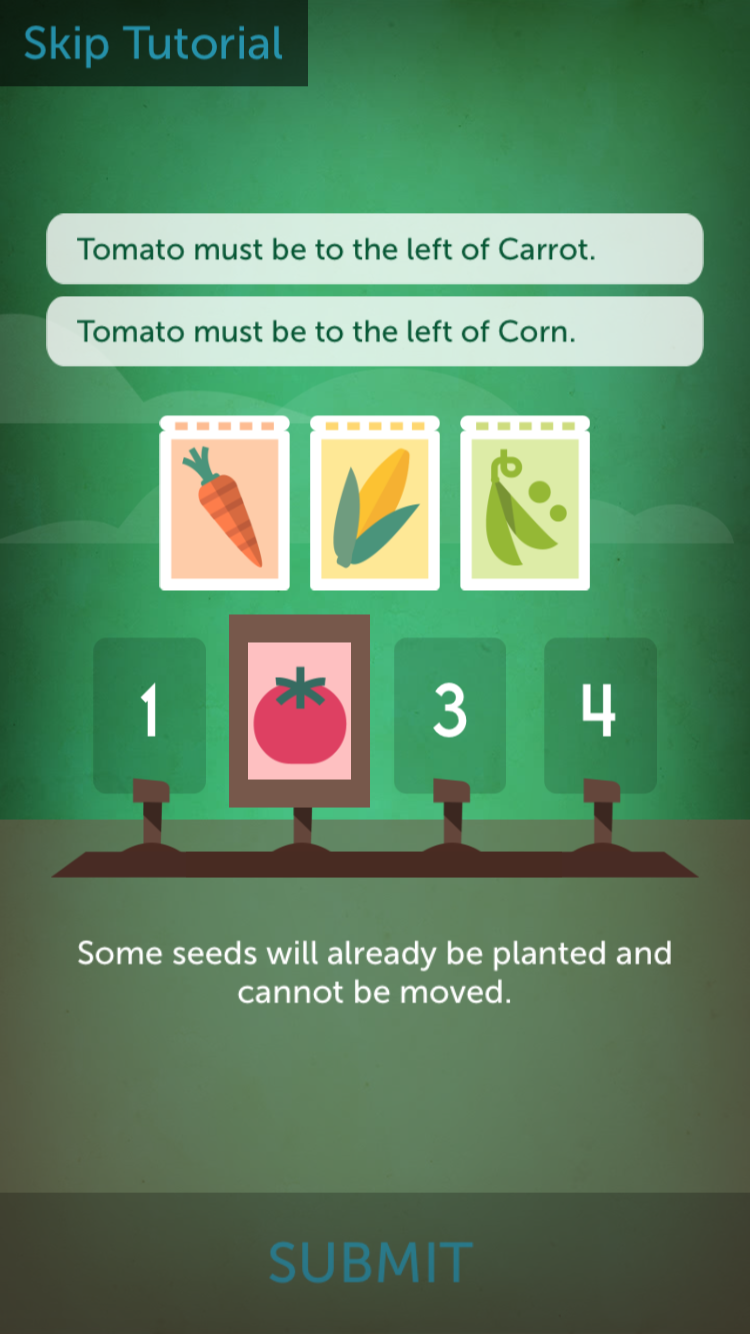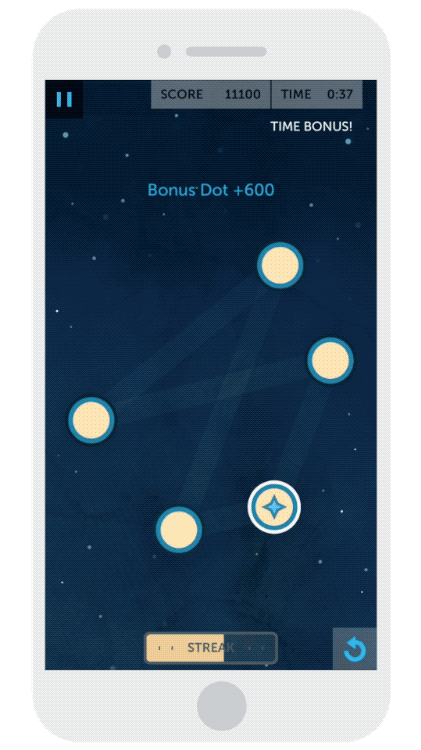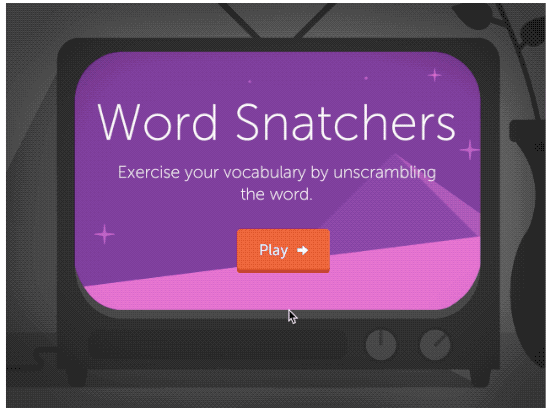As a Game Artist / Designer at Lumosity, I designed educational, science-based, brain-training games.
Organic Order 🌱
Organic Order is a logic game where you build a garden according to an increasingly restrictive set of rules. The game is inspired by LSAT analytical reasoning questions.
This game’s complexity can grow quickly! During development, we focused on gradually introducing features and complications over the first few gameplay sessions – rather than all at once. Allowing players ramp up and understand the options.
Engineering: Laura Piersall
Space Trace ✨
Space Trace is designed around the concept of Design Fluency — visual problem solving and generation of novel visual designs. Our goal was to transform the Design Fluency Test into an engaging and simple-to-understand game, without losing scientific accuracy.
This game is about getting in a groove. We encouraged a flow state in a few ways:
Responsive, satisfying feedback — whether users choose to tap or drag
Intuitive building / loosing energy feedback connected to the music, to reward quick and accurate input
Encouraging players to start in new locations — increasing the creativity in the patterns generated.
Engineering: Steve Hart
👾 Word Snatchers
In Word Snatchers, you try to unscramble mixed up words before aliens can steal your letter tiles.
We wanted to create a game that wouldn’t require using the keyboard on mobile, since during testing of early prototypes, older players were at a disadvantage when using standard mobile keyboards. Plus, it’s more fun to tap on big, chunky tiles.
A high priority UX challenge was making sure the time limit was extra clear to players; this had been a problem in some other Lumosity games. My solution was to incorporate the timer itself as a primary feature of the interaction — in the form of the “tractor beam”.
Engineering: Ethan Kennerly
Continuum 🔷
Continuum is a game designed to enhance vocabulary and reading comprehension by having players quickly order words based on their meanings.
As an arcade-style game, the primary challenge is time.
To keep the focus on the speed, the design is as simple as possible, featuring large text and prominent hint buttons. Our main priority on the interaction-side was ensuring the drag-and-drop — a magnetic snap — felt smooth and satisfying.









